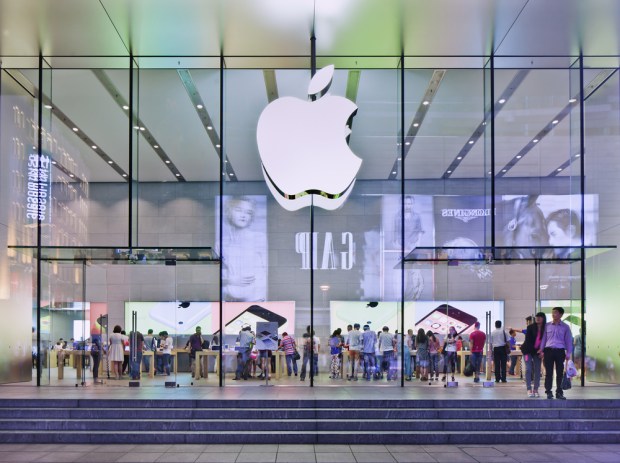Competitor Devices Cut Apple Sales In China

While Apple’s recent earnings report blew most analysts’ estimates out of the water, showing major growth and record revenues, there was one region in the world in particular where Apple didn’t feel the love in the quarter that ended Dec. 31.
In its earnings report, Apple reported that its sales in greater China — the world’s single largest smartphone market — fell 12 percent to $16.2 billion compared with 14 percent growth the year before. China is an important market for Apple, contributing some 20.7 percent of its revenue and housing the bulk of its manufacturing facilities.
And the hard times in China aren’t likely to slow for Apple as Chinese tech companies like Huawei and Xiaomi continue to produce less expensive smartphones featuring nearly the same sophistication, functionality and quality. The same has been true for a while now and isn’t showing any signs of slowing. All told, the loss brought Apple’s global sales growth to 3 percent, said The Wall Street Journal, despite 9 percent growth in the Americas.
Still, Apple reportedly earns the vast majority of smartphone operating profits worldwide according to data from Strategy Analytics — 91 percent of smartphone operating profits in the third quarter went to Apple, compared to 2.4 percent for Huawei and 2.2 percent for Oppo.
Part of Apple’s problem, said the WSJ, is that the iPhone 7 and 7 Plus releases weren’t distinct enough from their smartphone predecessors to attract significant attention from Chinese consumers. Analysts anticipate that the upcoming iPhone 8 will fare better in China given all of its rumored upgrades and new features.
Still, as Apple CEO Tim Cook said in the most recent earnings call, “There’s a lot to feel great about.”
For the three months that ended December 2016, Apple logged net income of $7.8 billion, or $3.36 per share — a big beat on analyst estimates. Revenue was also up for the quarter to $78.04 billion, a rise of 3.3 percent year over year and beating analyst estimates by over a $1 billion.
